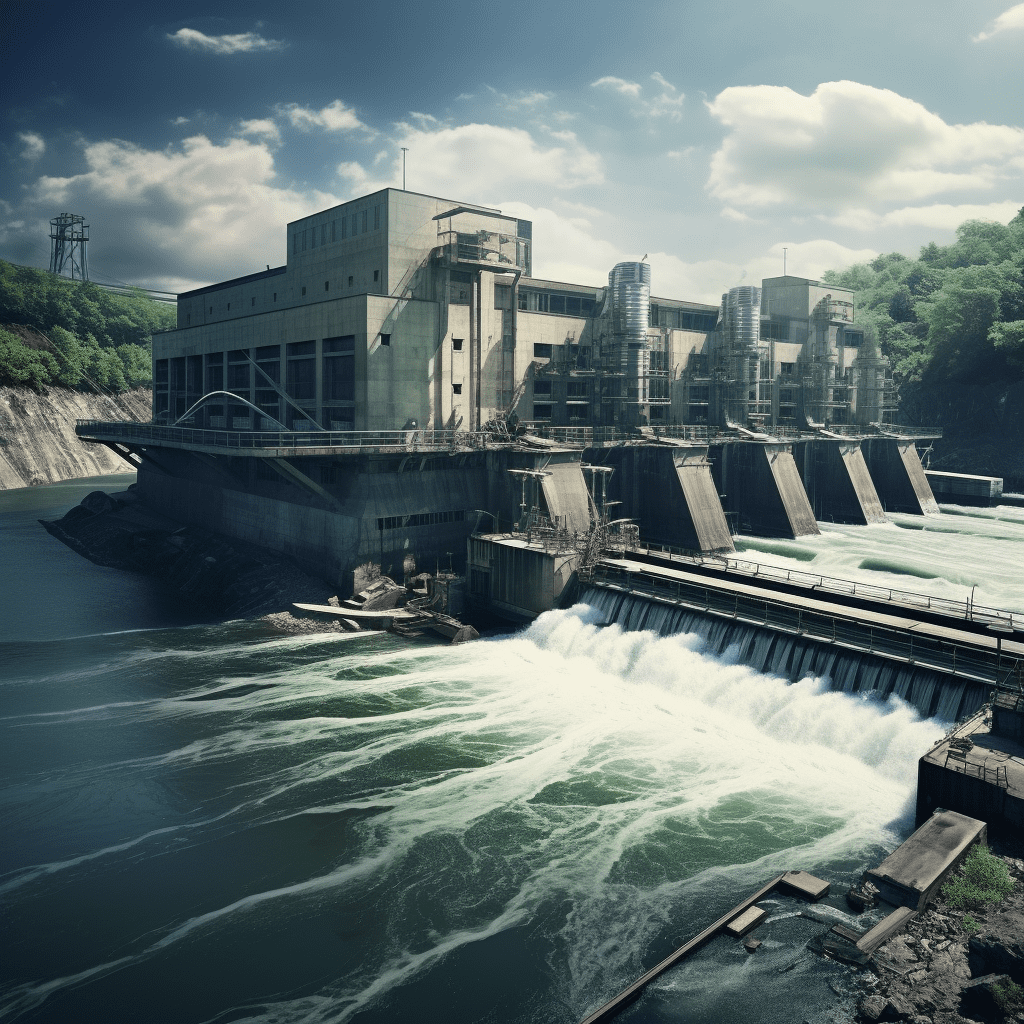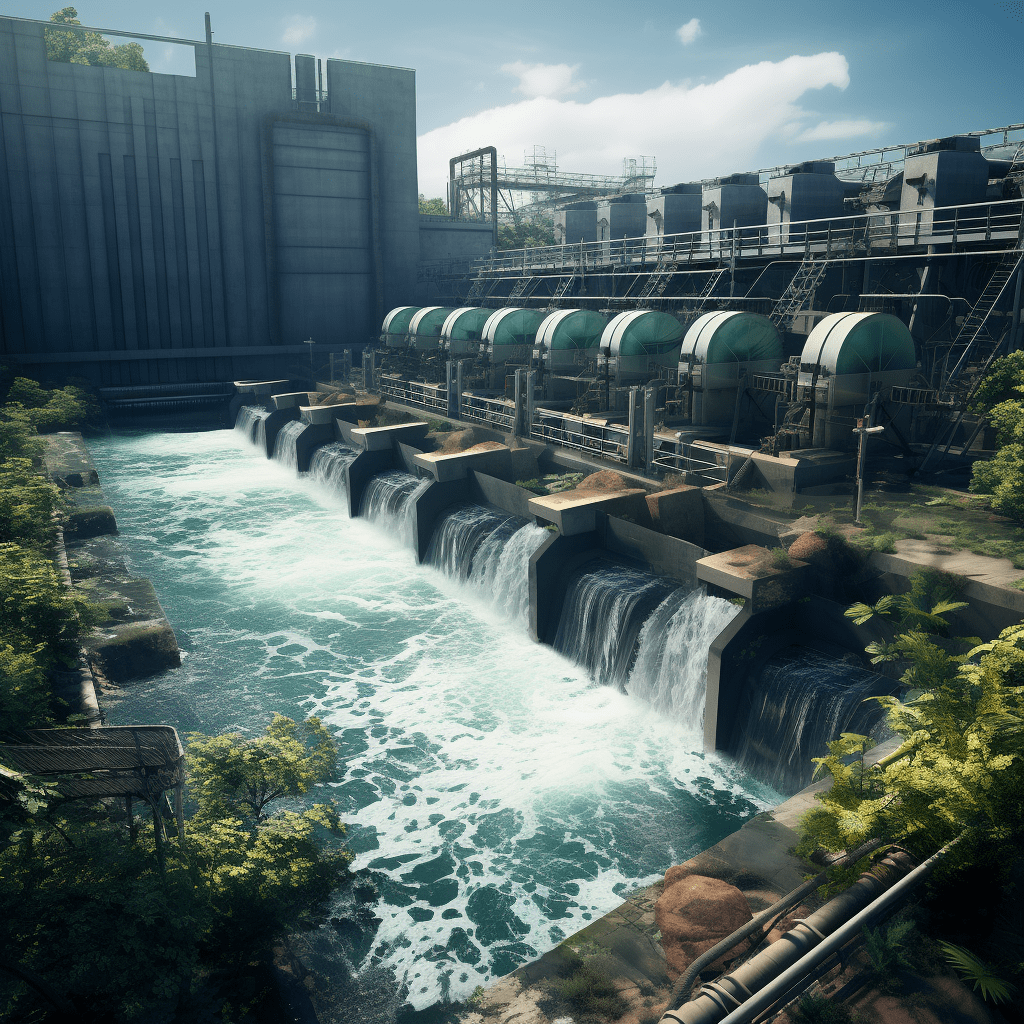Exploring the Significance of Hydroelectric Power in Shaping Italy’s Energy Future
Hydroelectric power plays a crucial role in Italy’s efforts to transition to a clean and sustainable energy landscape. As a renewable energy source, it not only contributes significantly to the country’s electricity generation but also helps reduce greenhouse gas emissions and achieve energy independence. Italy, with its abundant water resources, mountainous terrain, and a long history of hydroelectric power development, is well-positioned to harness the potential of this clean energy source and shape a sustainable energy future.

#post_seo_title
Italy’s journey with hydroelectric power began in the late 19th century when the first hydroelectric plant was built in Paderno d’Adda in 1885. Since then, the country has experienced steady growth in hydroelectric power capacity, making it one of the leading European countries in this sector. According to the International Hydropower Association, Italy currently ranks 4th in Europe and 14th globally in terms of installed hydroelectric capacity, with over 18,000 MW of installed capacity.
One of the key factors driving the growth of hydroelectric power in Italy is its favorable geography. The presence of the Alps and Apennines mountain ranges, along with numerous rivers and lakes, provides an ideal environment for the development of hydroelectric power plants. Furthermore, the seasonal melting of snow and glaciers in the mountains ensures a consistent supply of water for power generation throughout the year.
Italy’s commitment to renewable energy and climate change mitigation has also played a significant role in promoting hydroelectric power. The country has set ambitious targets for renewable energy generation, aiming to achieve 30% of its total energy consumption from renewable sources by 2030. Hydroelectric power is expected to play a crucial role in meeting these targets, as it currently accounts for over 50% of Italy’s renewable electricity generation.
To encourage the development of hydroelectric power projects, the Italian government has implemented various policies and incentives. These include feed-in tariffs, tax incentives, and simplified permitting processes for small-scale hydroelectric plants. Additionally, the government has invested in research and development initiatives to enhance the efficiency and environmental performance of hydroelectric power plants.
However, the growth of hydroelectric power in Italy faces certain challenges. One of the primary concerns is the environmental impact of large-scale hydroelectric projects, which can result in habitat destruction, disruption of aquatic ecosystems, and displacement of local communities. To address these concerns, the Italian government has introduced stringent environmental regulations and guidelines for the development of new hydroelectric power plants, ensuring they adhere to the highest environmental standards.
Another challenge is the increasing competition from other renewable energy sources, such as solar and wind power. With the declining costs of solar and wind technologies, these sources have become increasingly attractive for investors and developers. However, hydroelectric power still offers several advantages over other renewables. It can provide reliable, baseload power and has the potential for energy storage through pumped-storage hydroelectric plants.
In conclusion, hydroelectric power has played a significant role in shaping Italy’s energy landscape and will continue to be a key component of the country’s clean energy revolution. With its abundant water resources, favorable geography, and supportive government policies, Italy is well-positioned to harness the potential of hydroelectric power and contribute to a sustainable energy future. By addressing the environmental challenges and embracing innovative technologies, Italy can continue to lead the way in hydroelectric power development and serve as a model for other countries to follow.


